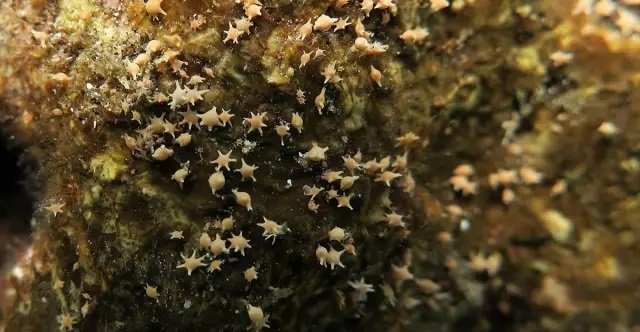Pacific coral bleaching
Over the past few years, islands in the Pacific Ocean have experienced unusual sea warming during the longest-ever recorded global coral bleaching event. Before the coral bleaching event, Jarvis Island had extensive coral cover. According to preliminary surveys in 2015 and 2016, most coral colonies are dying from coral bleaching. On Jarvis Island in 2017, researchers surveyed these reef communities and assessed the coral's potential to recover from heat stress that causes coral bleaching.
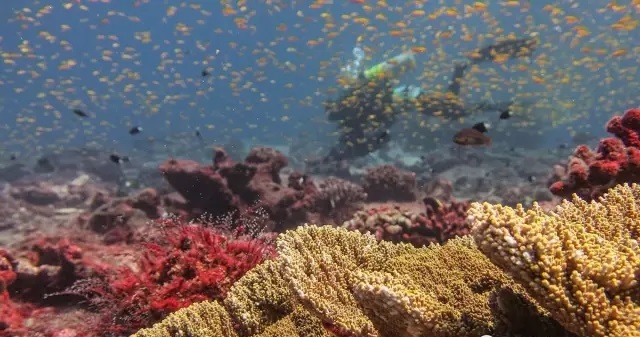
Humphead Parrotfish
This giant humming parrotfish is an amazing fish that can live for 40 years, grow to be 4 feet long and weigh 100 pounds. When large numbers of fish congregate to spawn during the lunar cycle, they use their bulging heads to ram the heads of other fish in a competitive confrontation. On the first day on Wake Island, the researchers saw many humming parrotfish. The humming parrotfish has been attacked by heavy fishing activities across much of its range and is now considered globally rare by the International Union for Conservation of Nature's Red List of Threatened Species.
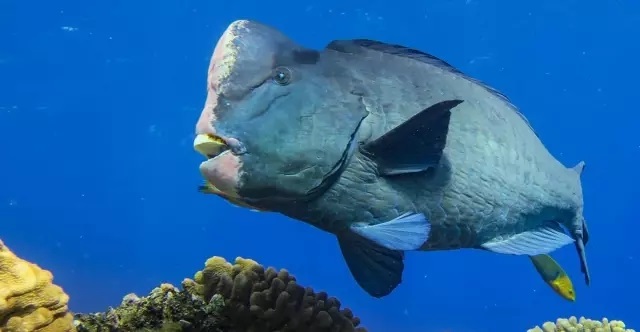
life on the reef
On the east side of Agrihan Island, an octopus was spotted by divers and fell off a rocky reef. All life on coral reefs is important, including this intelligent invertebrate. These mesmerizing creatures can quickly change color to blend in with their surroundings, making them hard to find.
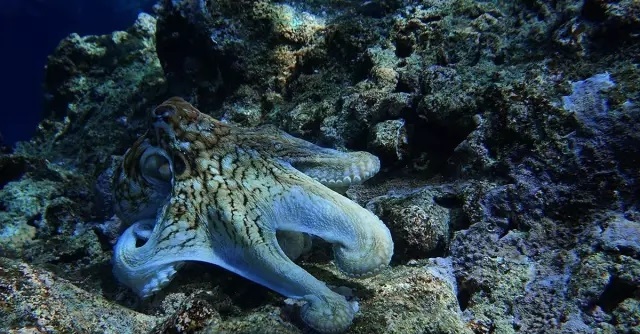
Crown of thorns starfish
Scientists have discovered numerous crown-of-thorns starfish on Alamagen Island. These spiny invertebrates feed on coral tissue. In this image, the starfish leaves only the skeleton of Acropora in its wake. If they are in large numbers, they can wreak havoc on coral reefs, but if they are in small numbers, they are also a natural key component of coral reef ecosystems.
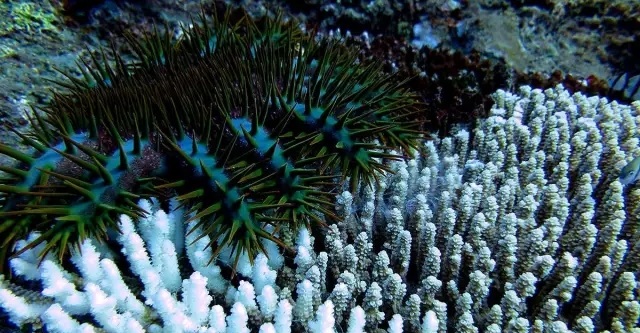
rare scene
In an extremely rare scene captured on the island of Farallon de Pajaros, scientists have discovered the female angelfish after completing a survey of the fish. There are hardly any published articles on this species other than blogs by aquarium enthusiasts. Some have described it as endemic to the Ogasawara and Osgawara islands in southern Japan, although the researchers discovered the fish during an expedition in the Mariana Trench Marine National Reserve.
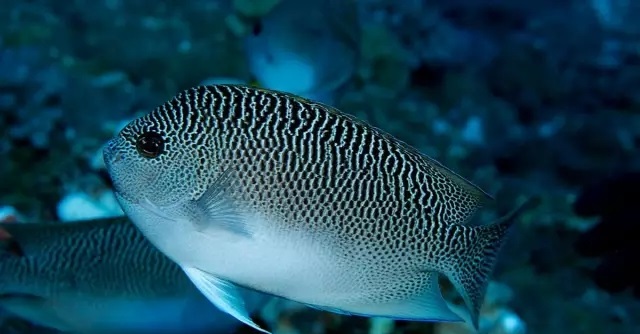
Submarine crater
Undersea volcanic vents near Maug Island release carbon dioxide gas, which causes the surrounding ocean to acidify—a local example of how carbon dioxide emissions in our atmosphere are causing global climate change and ocean acidification. Maug's carbon dioxide vents are right next to coral reef ecosystems, allowing scientists to see the future of these ecosystems, along with changes in the ocean's chemical environment that naturally changes.
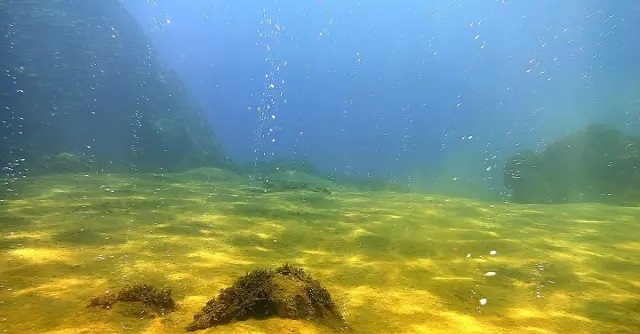
Bubble coral
Despite their bubble-like appearance, these vesicular corals, also known as "bubble corals," are actually stony or hard corals. Its tissue is soft and bubble-like, and it actually hides its hard bones under the bubble-like soft tissue.
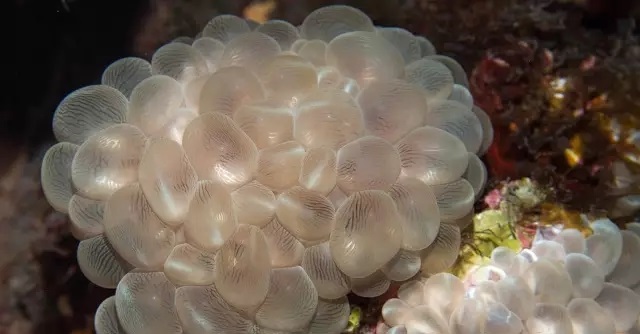
Colorful nudibranchs
Autonomous reef monitoring structures have found many beautiful creatures, including this nudibranch.
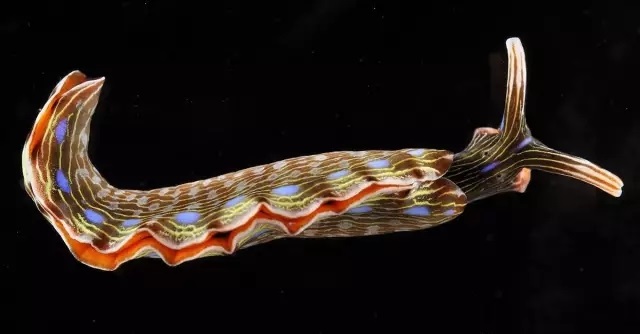
Healthy coral
The coral on Koh Phangan appears to be doing much better than other areas hit hard by the recent global coral bleaching event. Here's a close-up of staghorn corals (often more susceptible to bleaching events) looking good.
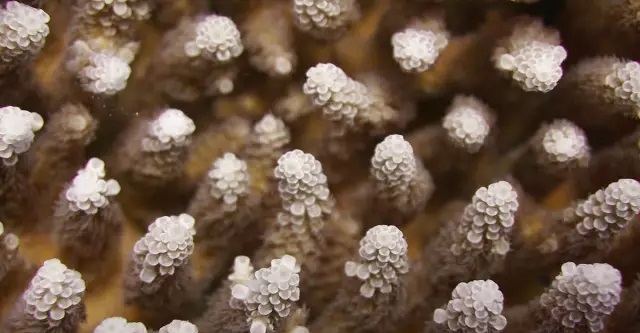
sand star
If you look closely at the sand, you'll sometimes find "stardust," or the skeletal remains of a star-shaped foraminifera, tiny single-celled organisms that are an important part of the ocean's food chain.
